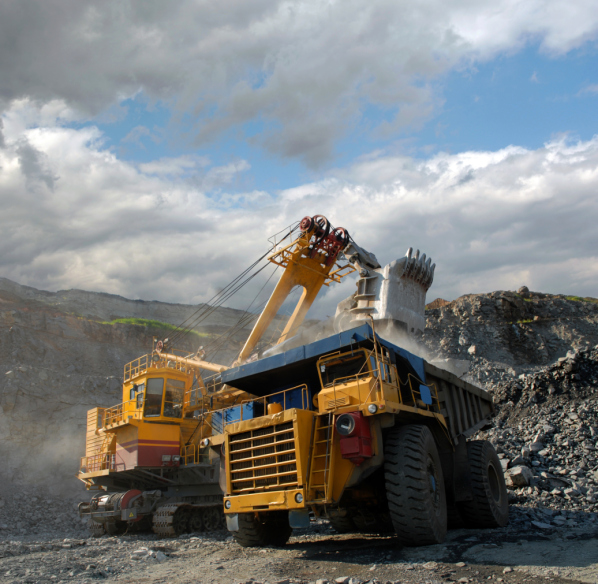Commodities & Metals
Chinese Steel Production to Slow, Big Miners Could Suffer
Published:
Last Updated:

Coincidentally, that 4% figure is how much the world’s largest iron ore miners are expecting their own production to expand this year. Vale SA (NYSE: VALE), Rio Tinto plc (NYSE: RIO), and BHP Billiton Ltd. (NYSE: BHP) have all cut planned increases to mining capacity for this year in the hope of keeping iron ore prices from plunging to below $100 a ton again this year.
Iron ore is currently priced at about $135 a ton, a price the miners can are satisfied with but that the Chinese think is too high.
The miners forced a change from contract pricing to spot pricing more than two years. The Chinese reluctantly caved in to the miners’ demands and they haven’t yet forgiven or forgotten.
China is expected to raise its iron ore production by 20 million metric tons this year, while the big three miners could produce up to 100 million metric tons more than they did in 2012. If supply does grow by that much it’s tough to see how the miners can hold the line on pricing.
All three of the big global producers have taken a hit to their share prices today, down from 1% to 1.5% following the announcement from China. Year-to-date BHP is down about 12% and the others are down nearly 20%. For the past 12 months, BHP is off more than 3.5%, with Rio down 13% and Vale, which depends most heavily on iron ore sales, down about 26%.
Going forward BHP’s P/E ratio is 14.77 while the others are mired under 7. None is within shouting distance of 52-week highs and as global economic growth slows later this year, the rest of this year looks like a harsh one for the iron ore miners.
Retirement planning doesn’t have to feel overwhelming. The key is finding expert guidance—and SmartAsset’s simple quiz makes it easier than ever for you to connect with a vetted financial advisor.
Here’s how it works:
Why wait? Start building the retirement you’ve always dreamed of. Click here to get started today!
Thank you for reading! Have some feedback for us?
Contact the 24/7 Wall St. editorial team.